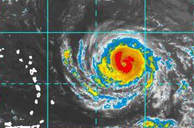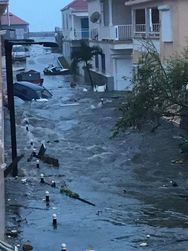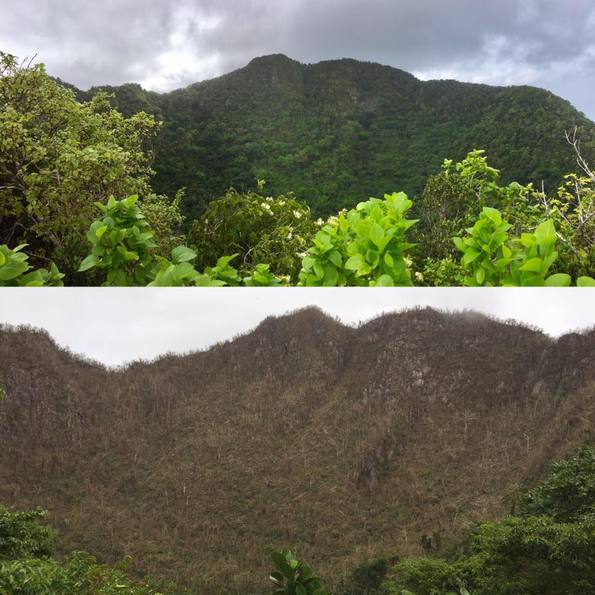
 Street of SXM. Photo Ministerie van Defensie via Reuters
Street of SXM. Photo Ministerie van Defensie via Reuters From my master’s at Wageningen university I remember a lecture on conducting research in a disaster area, for example hit by a hurricane or warfare. The lecturer argued that scientists should not feel bad about not being aid workers, because that is not what they are good at. They are trained to conduct research, and can contribute in that way. And indeed, research on humanitarian aid after disasters such as conducted by professor Thea Hilhorst should help improve emergency relief in the future. But what if your research is not on disaster relief, but for example, the management of an invasive vine....? Shouldn’t everyone working in such an area adjust whatever they are doing so as to lend support?
Whenever I attempt to help in situations where I cannot, my grandma enjoys pointing out that I am not the Red Cross. Factually true, emotionally not resonating. After two fieldwork visits to St. Eustatius and Saba, conducting many interviews with locals who welcomed me into their community, I have come to care a lot for these islands. Although objectivity and distance to your research object are deemed important for scientific research, the human being behind the researcher functions differently. Seeing water in the streets of Oranjestad (St. Eustatius) or houses without a roof in St. John’s (Saba) make it hard to sit at my desk, analyzing interviews with the people living on that very same street or in that very same house.

 RSS Feed
RSS Feed
